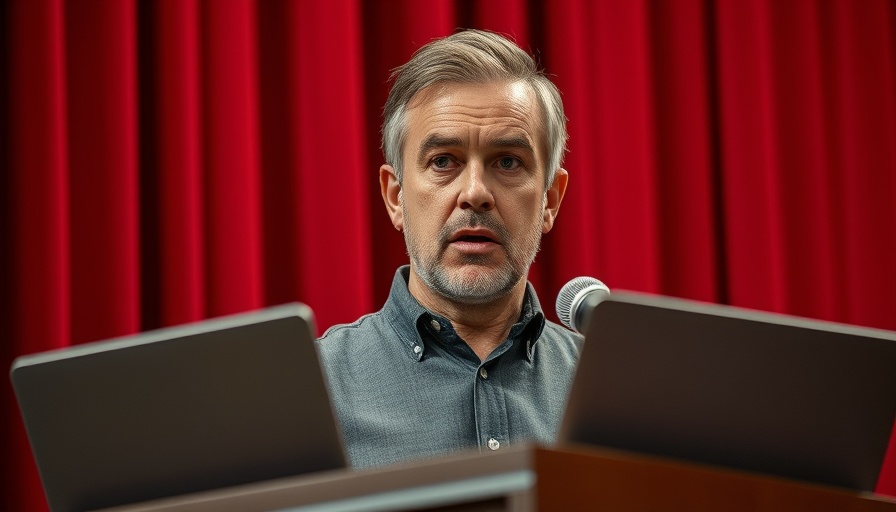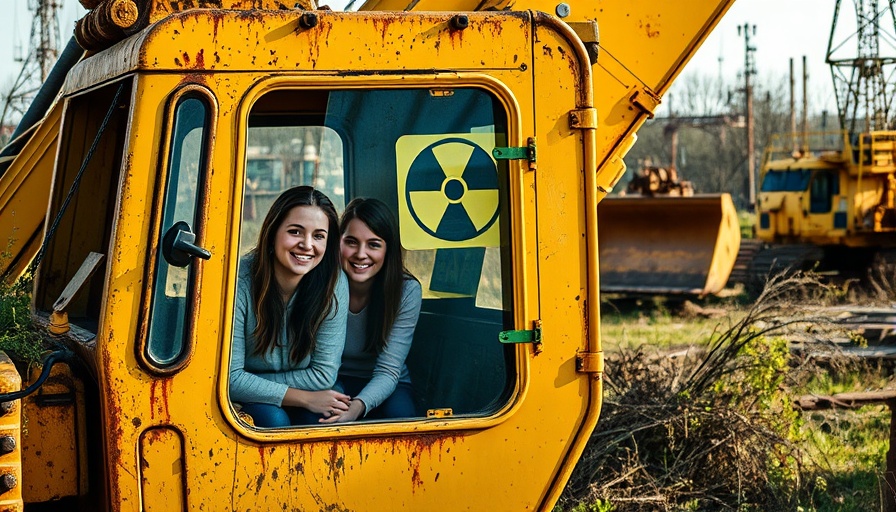
Trump Administration's Cuts Prompt Talent Exodus in Science
In an era where the United States positions itself as a global leader in scientific innovation, a troubling scenario unfolds: the Trump administration has instituted significant budget cuts at critical institutions like the National Institutes of Health (NIH). This shift has alarmed many, including Nobel Prize-winning molecular biologist Dr. Ardem Patapoutian, whose research funding was abruptly frozen by federal authorities. Such a move not only disrupts ongoing research but also signals to talented scientists that their future in the U.S. is uncertain.
Compelling Offers from Abroad: Opportunity or Dilemma?
In a surprising twist following the grant freeze, Dr. Patapoutian received an enticing offer from China: a guarantee of 20 years of funding for his research at any university. This offer underscores a reality many scientists might face—while the U.S. grapples with internal policy challenges, other nations are actively seeking to attract top talent. The notion of relocating to a country with better support may tempt scientists, particularly those just starting their careers, to consider options outside U.S. borders.
Understanding the Impact on Future Scientific Developments
This scenario raises significant concerns. If leading scientists are incentivized to move abroad, the long-term implications for scientific discovery and technological advancement in the U.S. could be dire. The values that have historically driven academia—innovation, collaboration, and open inquiry—could be undermined. Emerging scientists, who depend on established leaders, may feel pressured to pursue opportunities elsewhere, detracting from the U.S.'s ability to remain at the forefront of global science.
The Heart of the Matter: Why Dr. Patapoutian Said No
Dr. Patapoutian's decision to decline China's offer illustrates his deep-rooted commitment to the United States, his adoptive homeland. He emphasizes that while the funding may be tempting, many scientists place a premium on the innovative spirit of American academia and the collaborative environment it fosters. His warning, however, remains clear: if the trend of funding cuts continues, the next generation of American scientists may not afford to embrace the ideals he holds dear.
Broader Implications for the Scientific Community
Dr. Patapoutian's situation is not isolated; it's emblematic of deeper issues within the scientific community. If economic and political landscapes continue to discourage innovation, it could result in a brain drain that undermines U.S. leadership in science and technology. Universities, researchers, and policymakers must confront these challenges to ensure that vital research is not compromised by fiscal constraints.
As we observe this unfolding narrative, it's evident that nurturing scientific talent is a national imperative that transcends party lines and budgetary constraints. For the sake of future breakthroughs and advancements, all stakeholders must come together to advocate for policies that support research funding in America.
 Add Row
Add Row  Add
Add 




Write A Comment